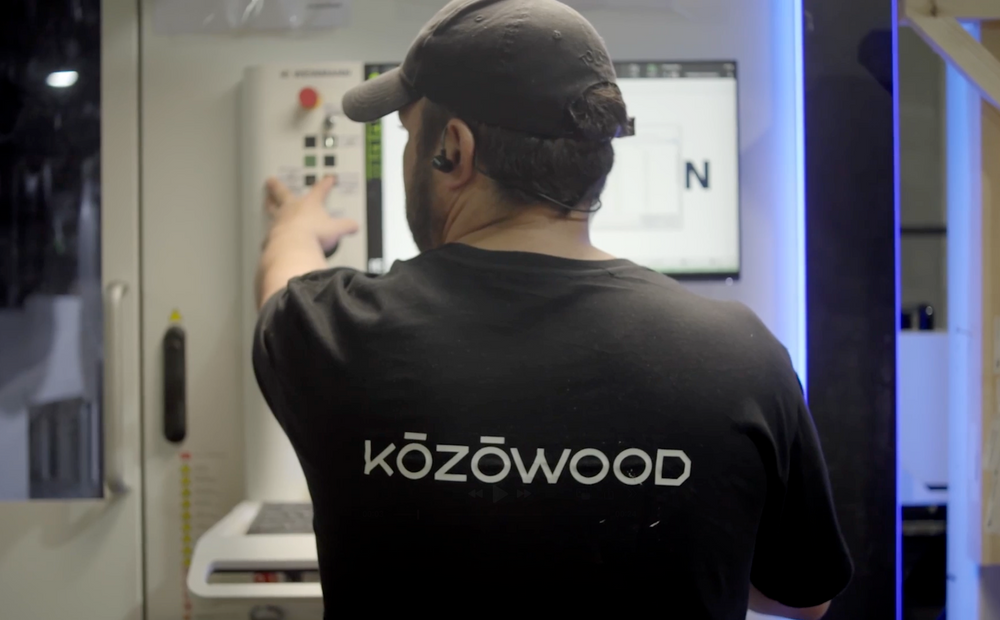Timber construction values the forest, promoting reforestation and sustainable management.

Timber is natural, renewable and recycling-friendly

Sustainability & Efficiency
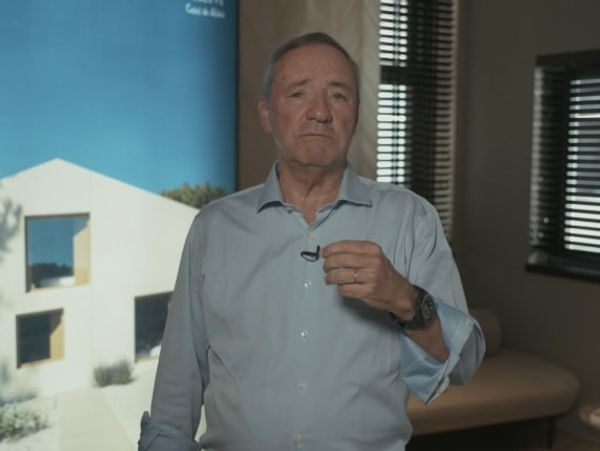
video · 01:26
What is Sustainable Development?
Sustainability main pillars for a responsible construction
- (01)
Environmental
Environmental
Wood is a renewable resource, sequesters carbon, has a lower embodied energy, promotes energy efficiency, encourages sustainable forestry practices, reduces waste, and is biodegradable. These environmental advantages make wood an environmentally sustainable choice for construction when managed responsibly and in accordance with sustainable forestry practices.
- (02)
Economic
Economic
The economic pillar of sustainability in wood construction offers cost-effectiveness, supports local economies, promotes resource efficiency, leads to energy savings, encourages job training and innovation, and aligns with market demand for sustainable construction. When managed responsibly, wood construction can contribute to both short-term cost savings and long-term economic sustainability.
- (03)
Social
Social
The social pillar of sustainability in wood construction is crucial for creating a positive impact on local communities, fostering a skilled workforce, preserving cultural heritage, enhancing well-being, and addressing affordable housing needs. Sustainable wood construction practices should consider these social aspects alongside environmental and economic considerations to achieve holistic sustainability goals.
Building a 20-story tall building with ![]() wood instead of
wood instead of  concrete
concrete
could result in a net saving of
>4.000 tons of CO₂
This is equivalent to removing up to 900 cars from the road for a year
Our wood is sourced from sustainably managed forests
Programme for the Endorsement of Forest Certification PEFC/13-31-332
Forest Stewardship Council FSC®-C200988
We vow to replace every tree cut down for timber production with a new one. As the new tree grows, it will sequester more CO₂ from the atmosphere, in a continuous cycle. The aim is to shut off deforestation and have a positive, constant impact on the issue of CO₂ and the climate.
Sustainable forest management means that no timber extraction is allowed beyond its renewal rate.
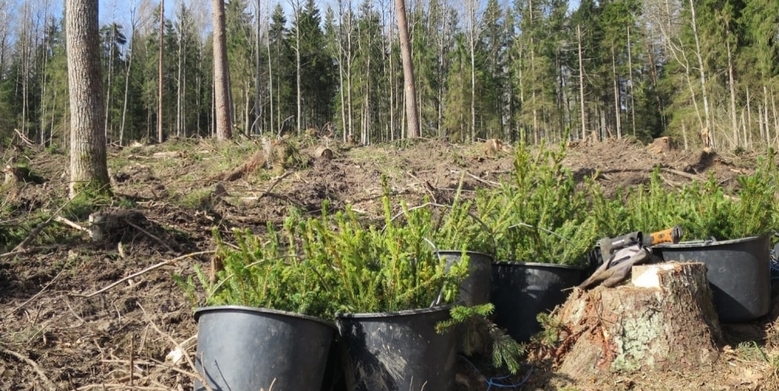
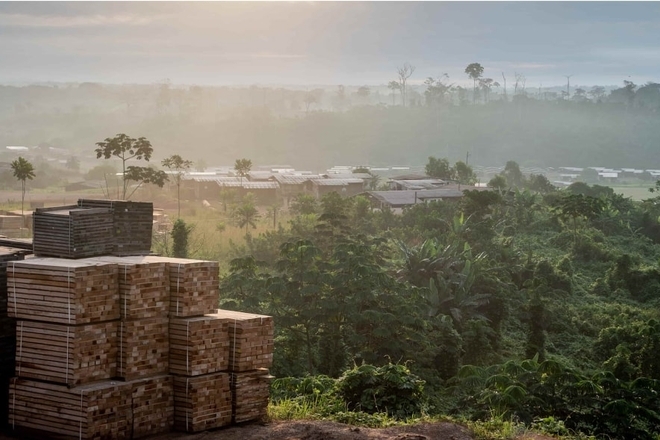

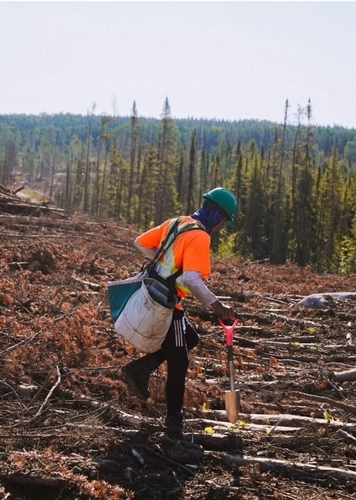




The benefits
- Social & economic roles
- Carbon storage
- Forest health & vitality
- Productive functions
- Biological diversity
- Social & economic roles
- Carbon storage
- Forest health & vitality
- Productive functions
- Biological diversity
